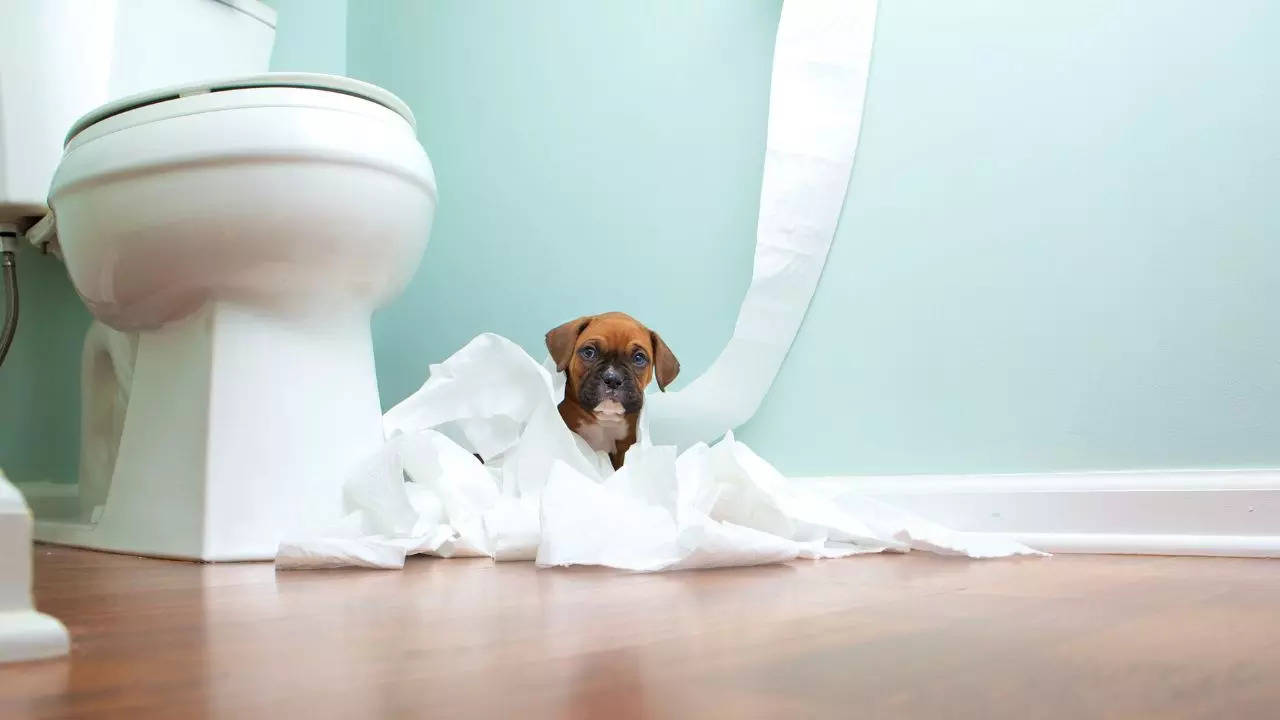Learning Why Animal Waste Has to Not Be Flushed Down the Toilet
Learning Why Animal Waste Has to Not Be Flushed Down the Toilet
Blog Article
They are making a few great points regarding Don't Flush Your Pets Poo Down The Loo, Vet Warns overall in the content followed below.

When it concerns throwing away waste, particularly animal waste, many individuals typically resort to the convenient choice of flushing it down the toilet. Nonetheless, this seemingly simple service can have severe consequences for the setting and public health. In this article, we'll explore why flushing pet waste down the toilet is a poor idea and provide alternate methods for appropriate disposal.
Introduction
Proper garbage disposal is vital for preserving ecological sustainability and public health. While it might appear safe to purge animal waste down the commode, it can lead to various concerns, both for the atmosphere and human health.
Dangers of flushing pet waste
Environmental impact
Purging animal waste presents unsafe bacteria and virus into waterways, which can negatively impact water ecological communities. These microorganisms can infect water sources and damage aquatic life, interfering with fragile environments.
Public health worries
Animal waste has hazardous bacteria such as E. coli and Salmonella, which can present severe health and wellness threats to people. Purging animal waste down the toilet can contaminate water supplies, causing the spread of diseases and infections.
Alternatives to flushing
As opposed to purging animal waste down the toilet, there are several different disposal techniques that are more environmentally friendly and hygienic.
Composting
Composting animal waste is an environmentally friendly way to deal with it. By composting, raw material is broken down right into nutrient-rich soil, which can be made use of to fertilize gardens and plants.
Land fill disposal
Taking care of animal waste in a landfill is an additional choice. While not as eco-friendly as composting, it is a safer alternative to flushing, as it stops the contamination of water resources.
Pet garbage disposal systems
There are customized animal garbage disposal systems readily available that securely and hygienically get rid of animal waste. These systems usually make use of enzymes to break down waste and eliminate odors.
Steps to appropriate animal garbage disposal
To ensure appropriate disposal of animal waste, follow these steps:
Scooping and getting waste
Routinely scoop and bag pet waste using naturally degradable bags. This avoids waste from polluting the setting.
Using marked waste containers
Dispose of bagged animal waste in designated waste containers, such as compost containers or garbage dump bins. Stay clear of flushing it down the commode whatsoever costs.
Cleaning up litter boxes and pet locations frequently
Routinely tidy litter boxes and pet areas to prevent the build-up of waste and bacteria. Usage pet-safe cleansing products to keep hygiene.
Advantages of correct disposal approaches
Adopting correct disposal methods for animal waste uses a number of benefits:
Reduced environmental pollution
Correct disposal methods minimize the risk of environmental pollution, safeguarding waterways and ecosystems from contamination
Minimized threat of water contamination.
By avoiding flushing animal waste down the toilet, the danger of water contamination is substantially minimized, securing public health.
Boosted cleanliness and health
Appropriate disposal methods advertise far better cleanliness and health, developing a safer environment for both people and pets.
Conclusion
To conclude, purging animal waste down the bathroom is harmful to the atmosphere and public health. By taking on alternative disposal techniques and adhering to appropriate waste administration methods, we can reduce the adverse influence of animal waste and add to a cleaner, much healthier planet.
What To Do With Dog Poo – The Do's And Don'ts Of Disposing Of Faeces
Dog poo bins
Some councils provide dedicated dog waste bins in popular dog-walking areas that can take dog poo that has been bagged but you can legally dispose of dog waste in any public litter bin, as long as it is securely bagged. This also applies to your wheelie bin at home.
Do not flush
Water companies do not recommend flushing dog faeces down the toilet because certain parasites can survive the water processing treatment and are potentially harmful to humans. You should also never consider flushing dog poo that has been bagged down the toilet as the bags will not break down and instead create severe blockages in the sewage system.
In the woods
The Forestry Commission promotes a ‘stick and flick’ method for dealing with waste in the woods. This means finding a stick and using it to flick any poo from off the path so that it is out of the way of other walkers. You could also bury it as long as it is not in an area where there might be livestock.
Livestock
Parasites found in dog poo can be transmitted to livestock if they inadvertently eat infected faeces that has been left on grazing land. This could result in the death of sheep or abortion in cattle so you should always make sure you pick up your dog’s waste in fields where livestock could be present.

I came across that review on Don't Flush Your Pets Poo Down The Loo, Vet Warns while doing a lookup on the search engines. Make sure you take the time to promote this post if you enjoyed reading it. Many thanks for your time invested reading it.
Click Here Report this page